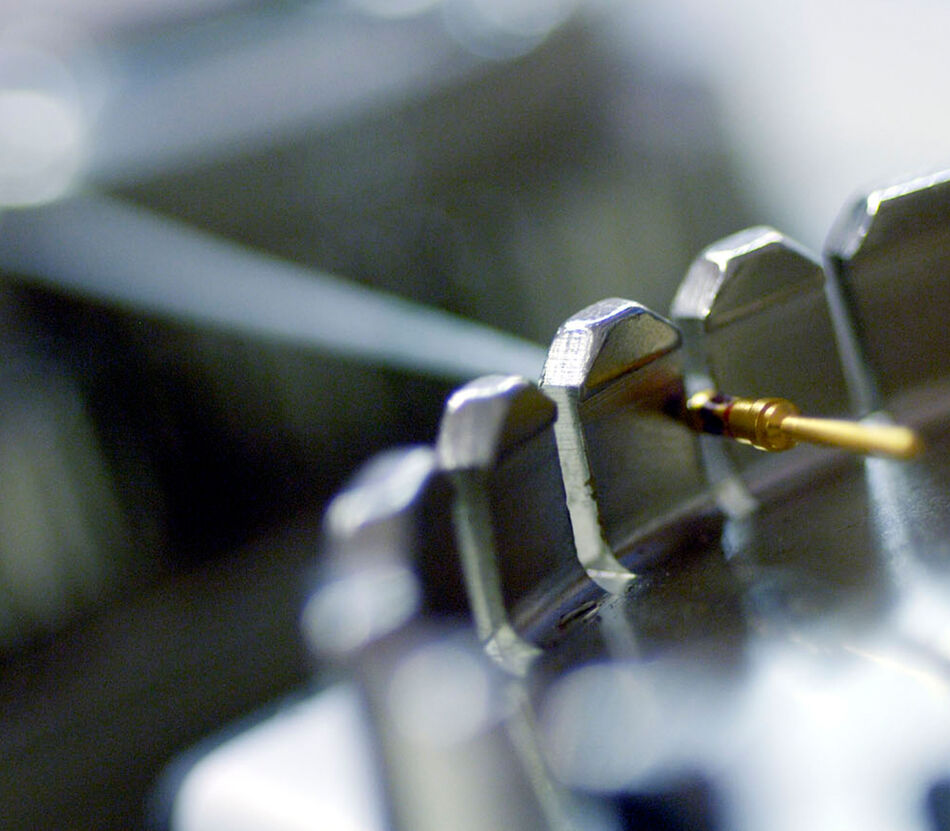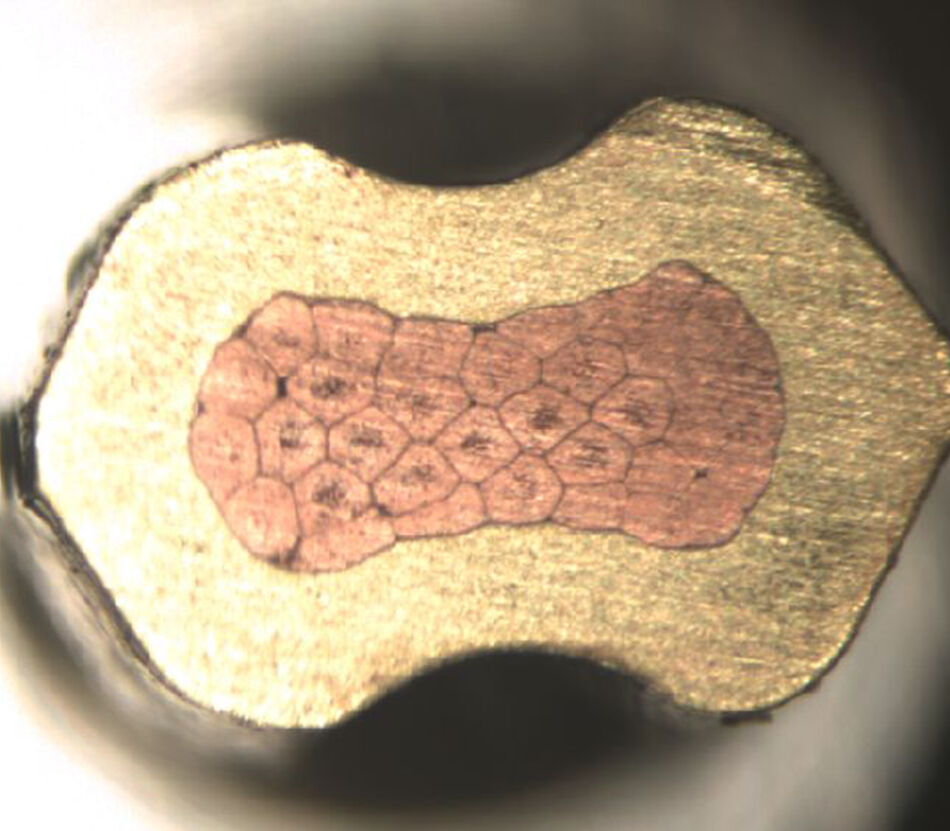In the increasingly complex landscape of modern healthcare technology—from high-resolution diagnostic imaging to mobile robotic assistants—the final termination point of any cable system, the crimp, is arguably the most critical junction for sustained reliability. A tiny fault here can compromise an entire system, especially in dynamic, high-mobility applications like those found in mobile C-arms or robotic systems. It's where mechanical integrity and electrical conductivity are forged into a single, indispensable connection.
The Challenges of Firm Crimping Technologies
Connectors in medical devices, which range from multi-conductor hybrid cables for C-arms to fine-gauge wire assemblies in patient monitoring and treatment equipment, necessitate a wide diversity of crimp forms. Unlike general-purpose industrial crimps, medical applications demand specialized solutions to meet rigorous performance standards.
At BizLink, each crimp assembly follows strict rules on how the crimp sleeve has to be applied, e.g., in terms of how much pressure is applied. Confined crimping (B-crimp) uses uniform pressure; compactive crimping includes square, insulated cable lugs, hexadiagonal, and WM crimping; and dispersive crimping is formed by one, two, or four opposing press jaws (e.g., 1-mandrel, 2-mandrel, and 4-mandrel crimping).
For healthcare machines, a firm, gas-tight crimp is an absolute necessity because the consequences of failure are severe, impacting diagnostics, treatment, and patient safety.
- Mechanical reliability in motion: Mobile and dynamic devices (like gantry systems or robots) subject cables to constant bending, torsion, and vibration. The crimped termination must maintain strength under these stress impulses. Specialized crimping techniques are employed to ensure the joint's long-term durability and resistance to pull-out forces.
- Low electrical resistance: A perfect crimp forms a near-homogeneous mass between the wire strands and the terminal barrel. This is key to achieving minimal contact resistance and preventing localized heat generation, which is vital for high-power or high-speed data lines where heat can compromise signal integrity or overall system safety.
- Environmental integrity: In clinical environments, connections must remain sealed against moisture and oxygen to prevent corrosion, which rapidly increases resistance. A firm, gas-tight crimp protects the electrical interface for the device's full lifecycle.
Quality Assurance: The Micrography Advantage
Given the low cost of a single crimp relative to the catastrophic cost of a field failure, rigorous quality control is paramount. A comprehensive regimen is required to ensure that every crimp meets the specified mechanical and electrical performance.
At BizLink, we conduct and document micrography (cross-sectional analysis) as a standard, which involves cutting, polishing, and magnifying the crimp. This allows us to microscopically verify the perfect wire deformation and bond formation for long-term stability. It visually confirms the optimal compression, verifies the gas-tight formation, and checks for symmetrical wire distribution and the integrity of the individual wire strands—insights impossible to gain from a simple external visual inspection. Beyond standard crimp height and tensile strength tests, we conduct frequent micrography tests on each batch we produce.
We've already integrated AI-supported quality control measures into our manufacturing process for a high-level output guarantee.
We're experts in securely crimping any kind of crimp contacts, ensuring that the high-speed data transfer and critical power supply from our specialized cables seamlessly make it to the device's internal network. We offer tools for process and capability analysis, including force and displacement monitoring (even for toggle presses), SPC (Statistical Process Control, e.g., for tensile force value or crimp height), and CPK (Process & Machine Capability Analysis).


